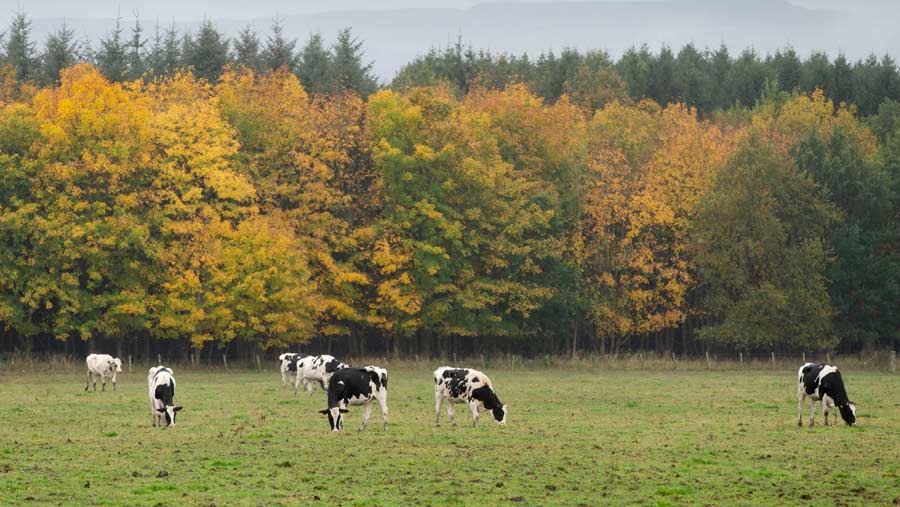Farmgate milk price should rise to 40p/litre, says NFUS
 © Tim Scrivener
© Tim Scrivener Farmers must receive a significant milk price lift to improve confidence ahead of a costly winter, NFU Scotland has announced.
At a time when milk volumes are reducing and on-farm costs are rising, processors and retailers need to send increased prices down the supply chain or risk a further decline in the number of dairy farmers, warned the union.
Dairy farmer and NFU Scotland milk committee chairman Gary Mitchell said: “In the past couple of weeks, we have seen milk prices make positives moves, but this is not across the board and all dairy farmers in Scotland must start seeing an increase in their milk price immediately.
See also: Consumers must pay more for dairy, say costs analysts
“When I hear some farmers report that their milk price still begins with a two, then I know these farms must be struggling to keep their heads above water, never mind run businesses that require huge amounts of investment to meet the changes that the sector is currently facing in both the short and long term.”
The AHDB’s latest producer figures estimate, based on the number of levy-paying farmers, that there were just 8,000 dairy herds remaining in Great Britain, with 310 dairy farmers having quit in the past 12 months.
Scotland only has 836 herds, and this figure may reduce further when the Scottish Dairy Cattle Association releases its data in the next few weeks, said Mr Mitchell.
Strong dairy demand
The UK average farmgate milk price for September was 31.72p/litre, a 1.4% increase on the previous month.
Spot milk is currently trading above 40p/litre and has been trading above 30p/litre since July.
Meanwhile, the Global Dairy Trade price has risen five times in the past six auctions, reflecting the strong demand for dairy products across the world.
A recent report by Kite Consulting and dairy market analyst Chris Walkland estimated that on-farm cost inflation has put the break-even milk price at between 33p and 34p/litre.
“For too long, 30p/litre has been seen as the great target for dairy farmers,” said Mr Mitchell.
“With rising costs on labour, feed, fertiliser and fuel, and a constant demand for additional capital investment projects to stay in touch with industry demands, then it is not too ridiculous to suggest that 40p/litre is the new 30p/litre.”
